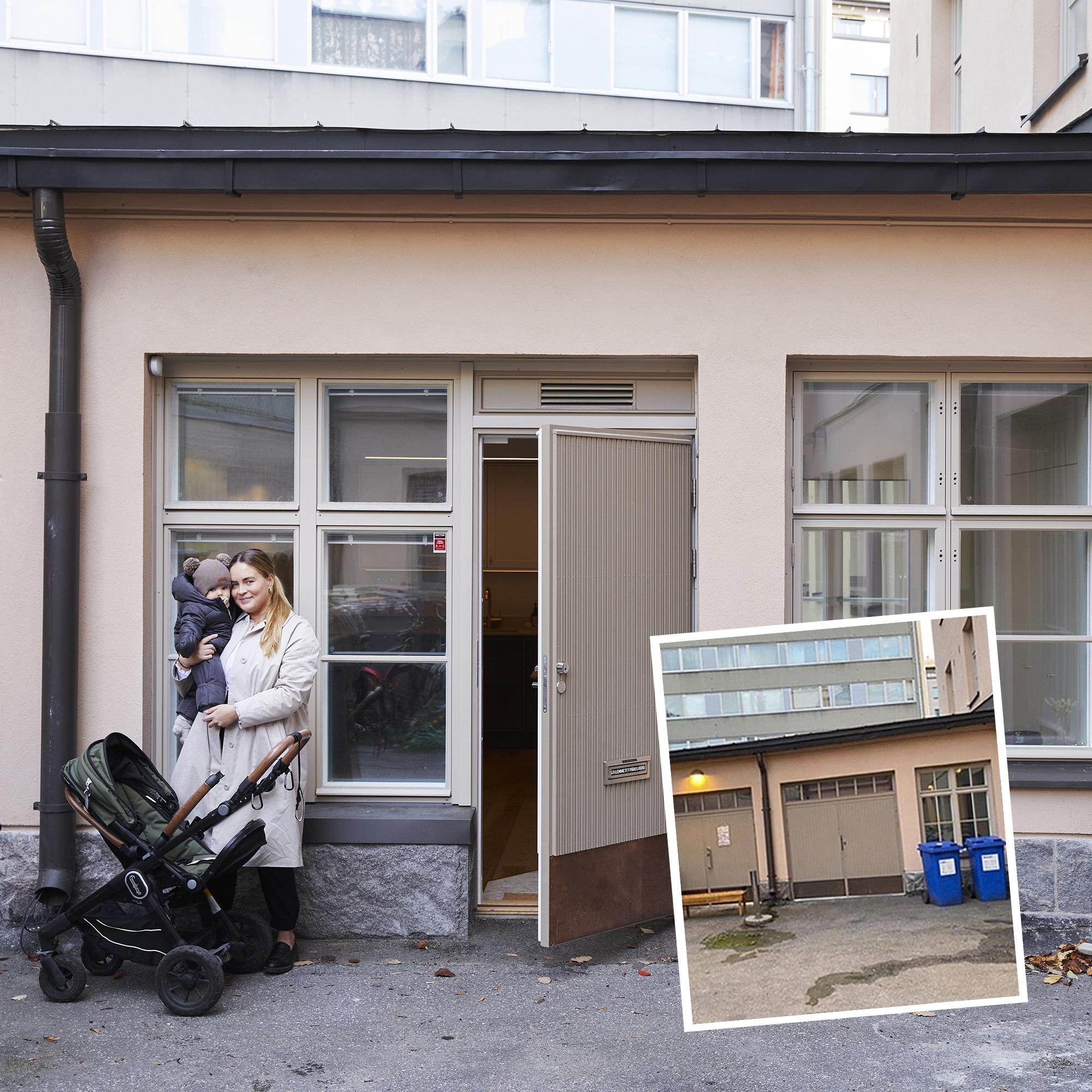
From garage to unique home! Linda and Oskari turned an old car rental space into a cozy family haven
Linda and Oskari converted old garages into a unique home for their family and created three beautiful studios. All the windows of the apartment are on the same wall, so they put a lot of thought into the layout and lighting.
Linda and Oskari’s home was built in the garages of their apartment building, which had been used for storage for the past few years. The car rental business that owned the premises had moved out, and the unused space was sold as raw space with a building permit for four apartments.
Linda and Oskari were drawn to the potential of the garage: its large windows and private entrance. The style felt fun, reminiscent of Copenhagen or New York. For a family with two children, using a stroller is easier when you don’t need an elevator.
“One Sunday, we wondered what would happen if we bought the space and completely revised the plans. We’d create a bigger apartment for ourselves and three studios. That way, we’d have a new, larger home in a housing company we already knew,” Linda and Oskari explain.

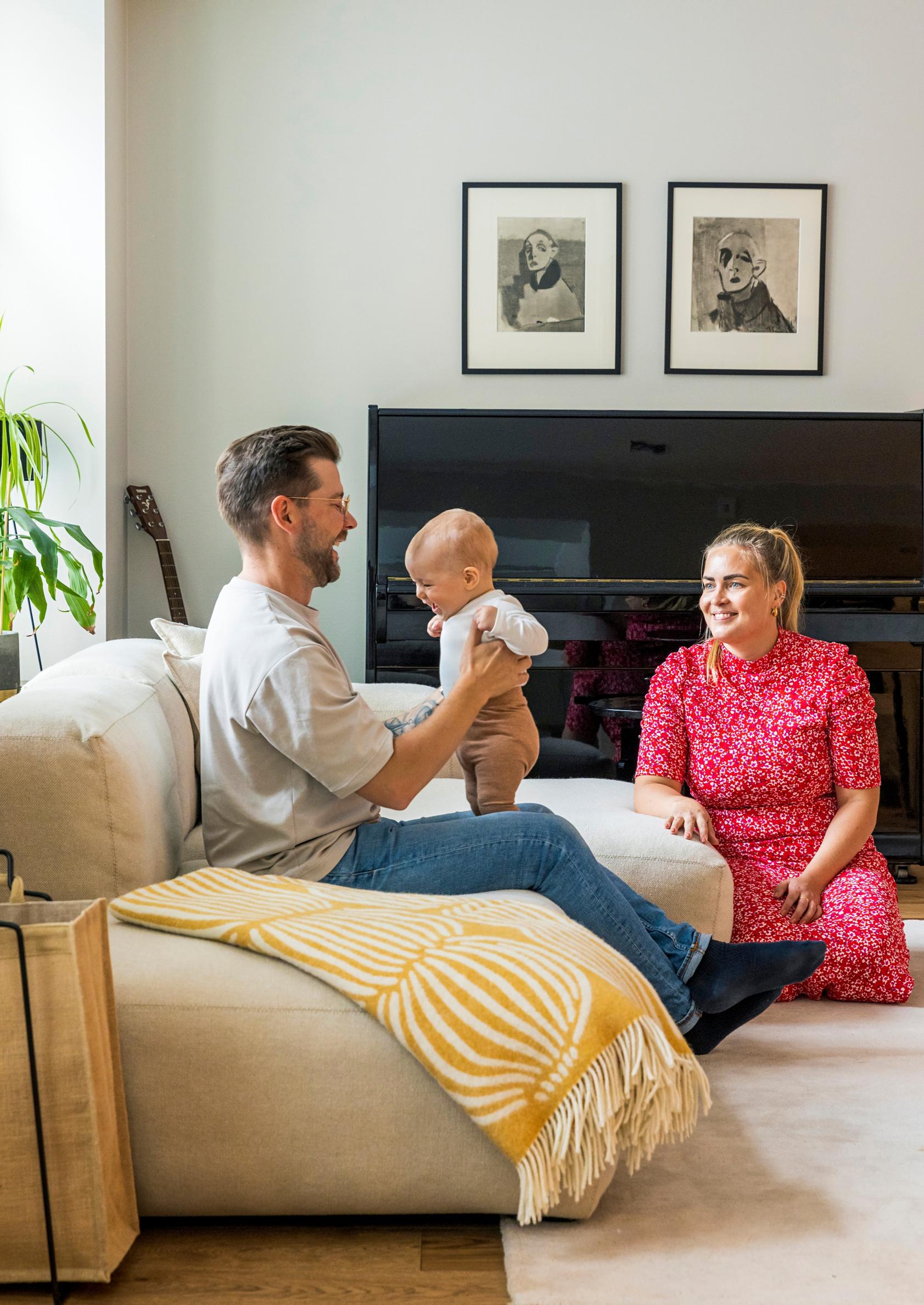

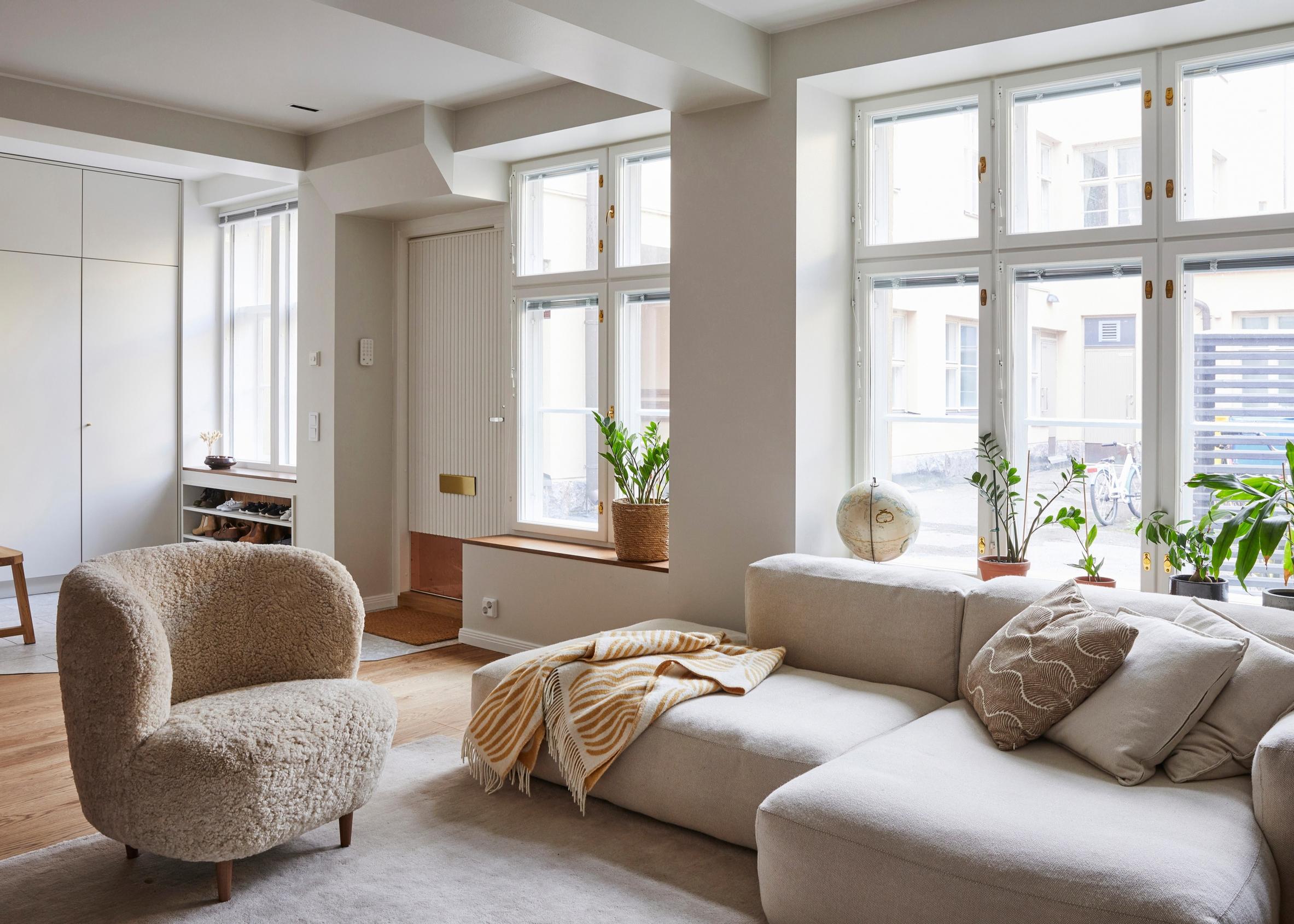
Before renovation:

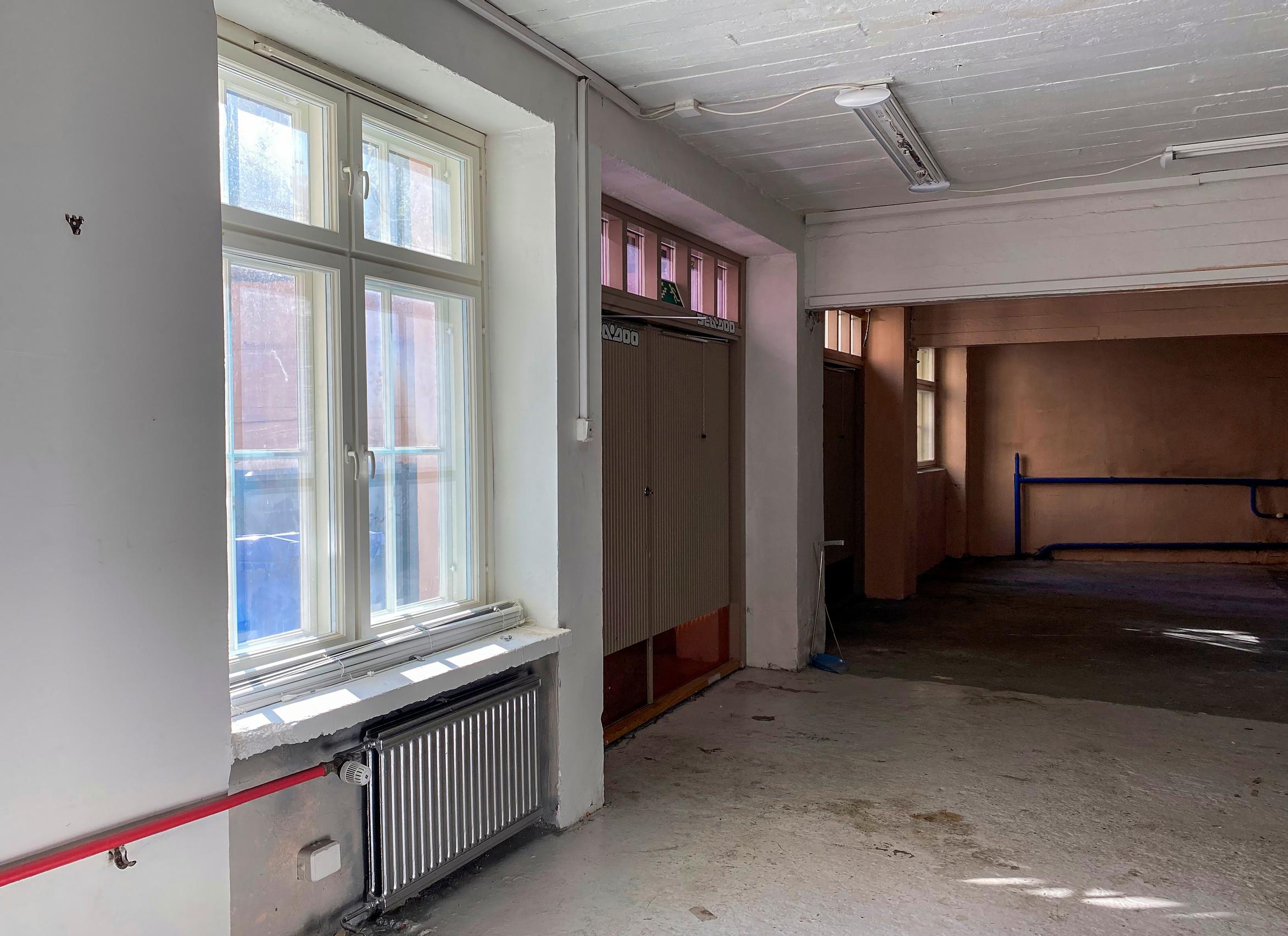
There are windows only on one wall, so the layout of the rooms had to be planned carefully.
In spring 2021, the housing company held an extraordinary meeting where Oskari presented their plans. The shareholders voted to allow converting the garages into residential units. They then sought an additional permit from the Helsinki Building Control Services. The official in charge welcomed their project, leading to smooth cooperation.
“This is similar to infill construction, which is comparable to building new structures in an attic. I guess private individuals rarely take on these types of projects. Typically, it’s the housing company itself who might want to utilize unused space,” Oskari explains.

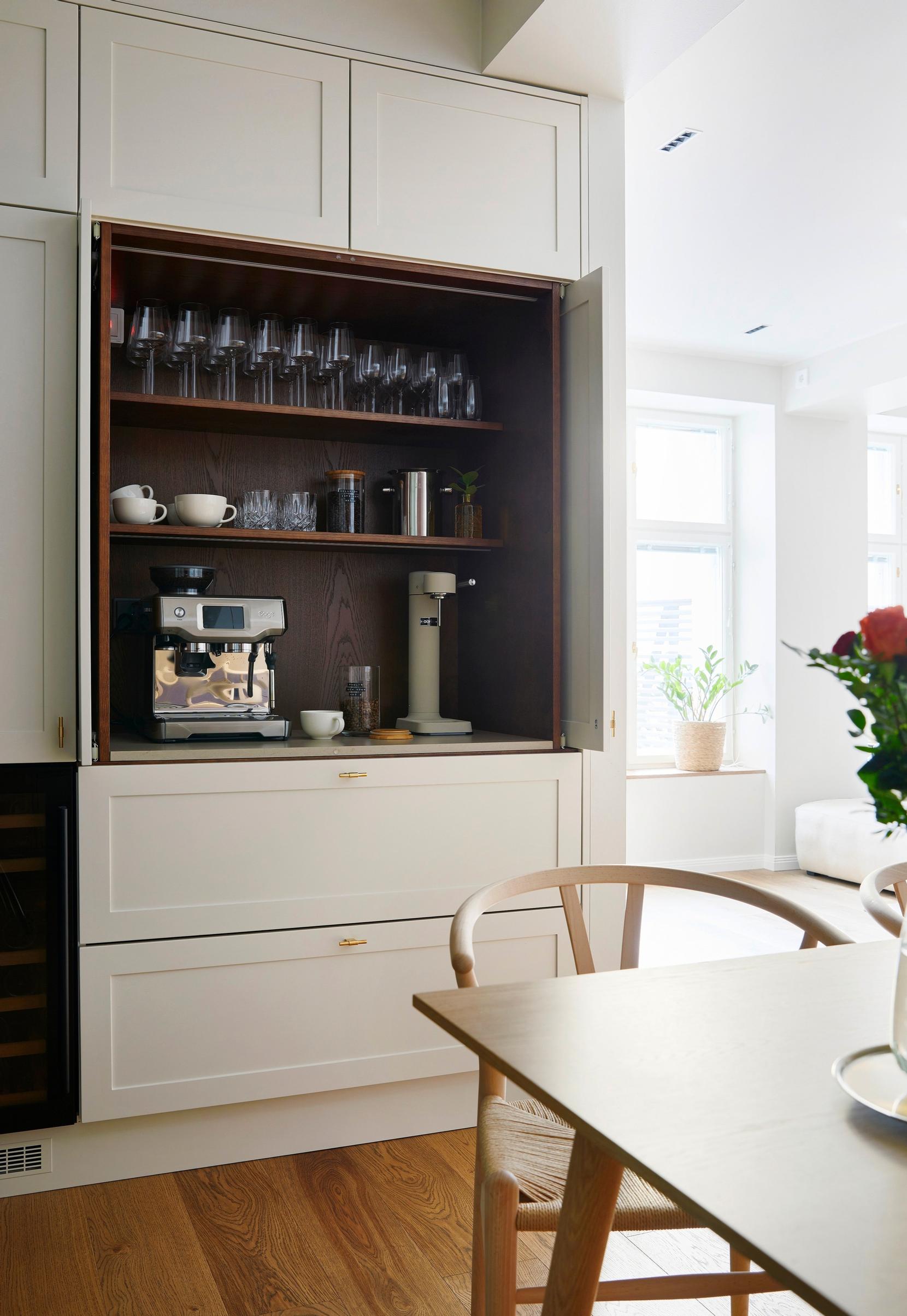

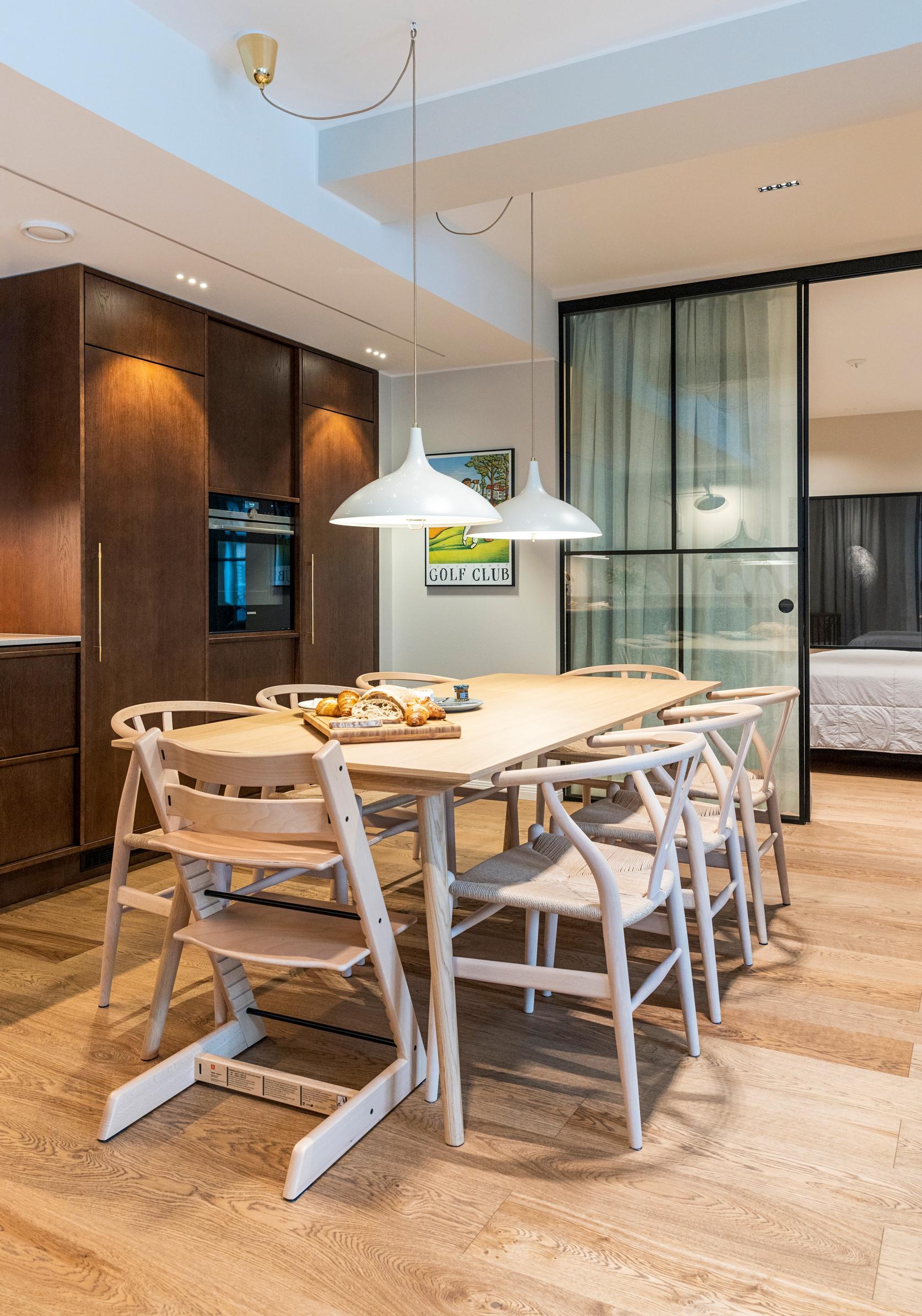
During demolition, the couple found tin soldiers, toy cars, and an ancient notebook that had belonged to a newspaper carrier.One of the more surprising discoveries was a mummified cat.
They brought in workers they knew to help with construction, and Oskari did much of the finishing work himself. The biggest job involved modifying the load-bearing beams so there would be enough ceiling height.
“We replaced the old load-bearing concrete beams with steel beams and got over forty centimeters of additional height,” Linda says.
Above the kitchen, they constructed an enclosure for the exhaust of the studios. It had to run through Linda and Oskari’s apartment because there are five floors of apartments above the studios.
“There’s only the roof above our apartment. We have no neighbors above or below,” Linda notes.

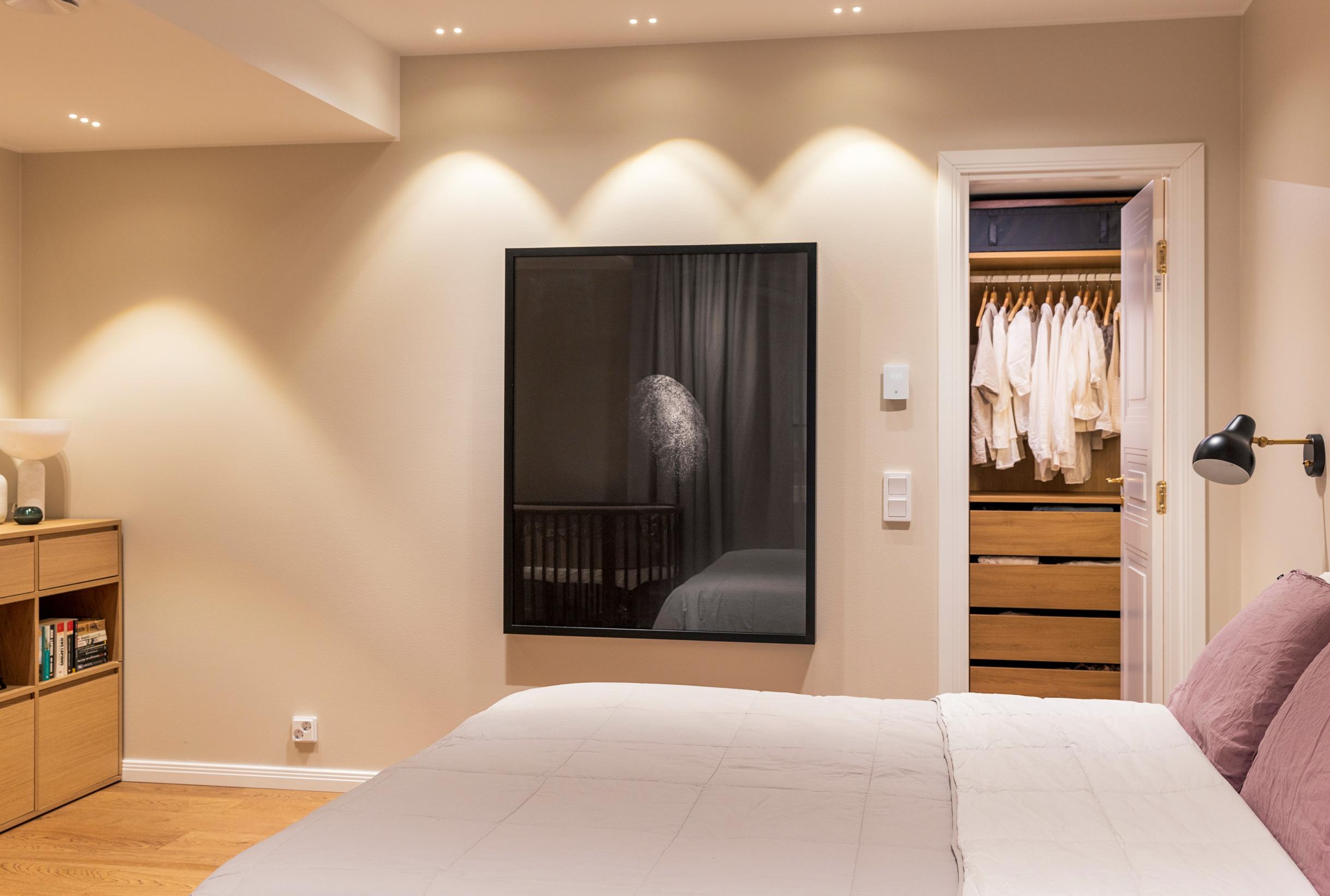
Before renovation:

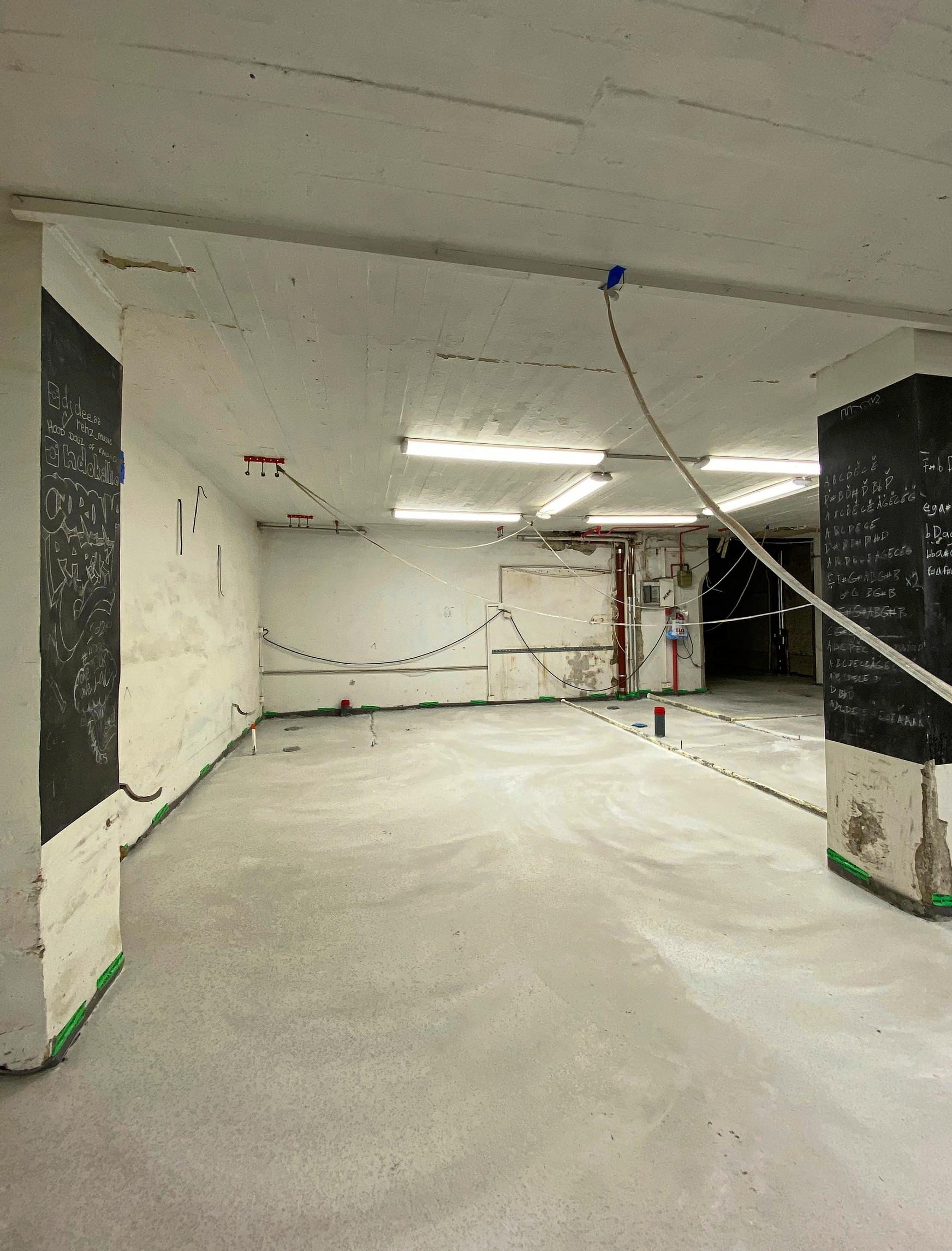

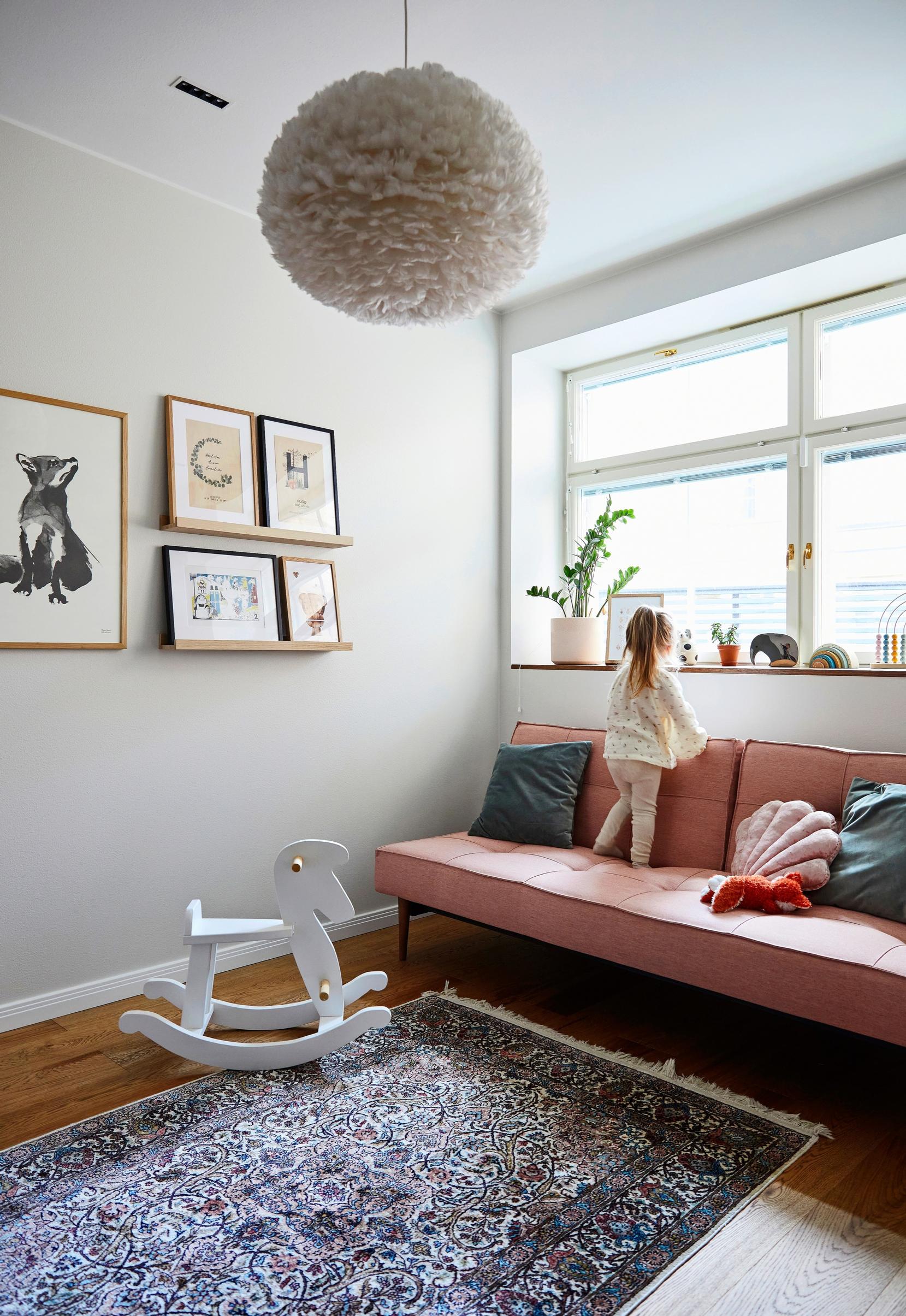
“The renovation gave us more space for this stage of life.”
The greatest challenge was designing a functional layout. There are windows only on one wall, so they had to carefully consider where to place the rooms. The master bedroom has no window, but it still gets natural light through the glass wall.
Although the apartment’s windows face only one direction, the home stays bright thanks to a comprehensive lighting plan designed by a friend. All the lighting is dimmable, and the automated system works via a mobile app, so it can also be controlled by phone.
“We never would’ve figured out all these lighting possibilities on our own. We practically have as many fixtures as the lighting company’s catalog,” Oskari laughs.

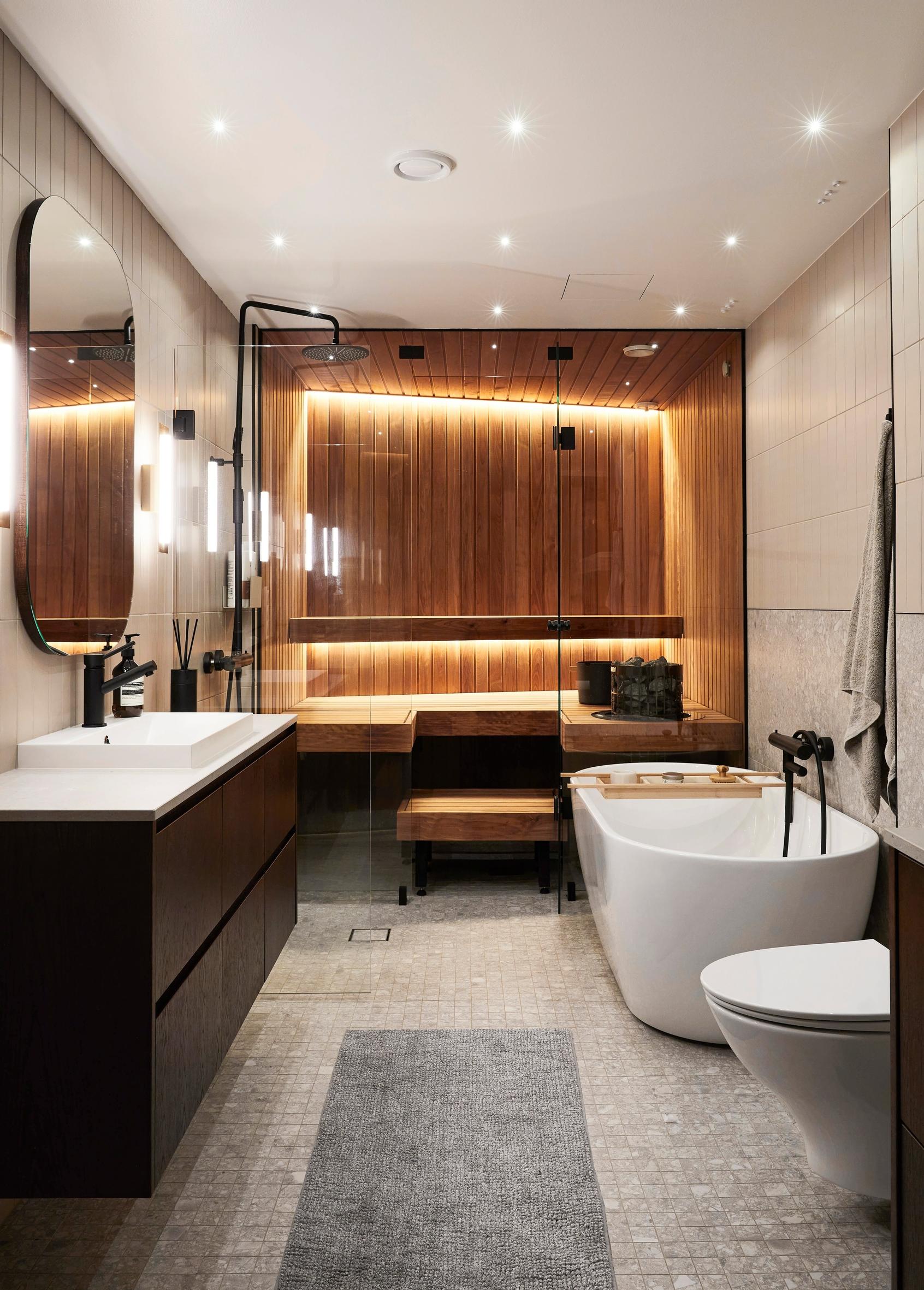
Before renovation:

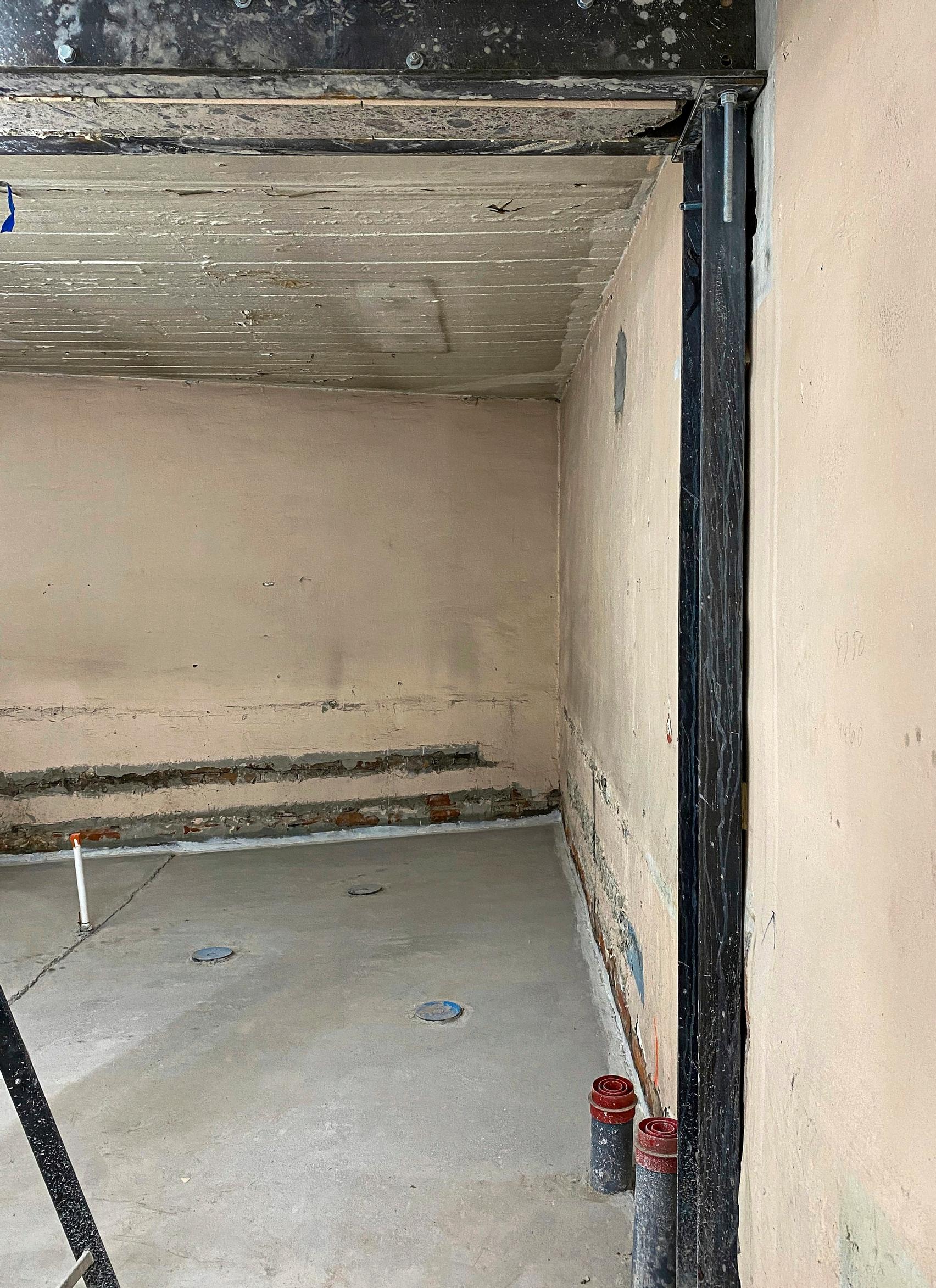

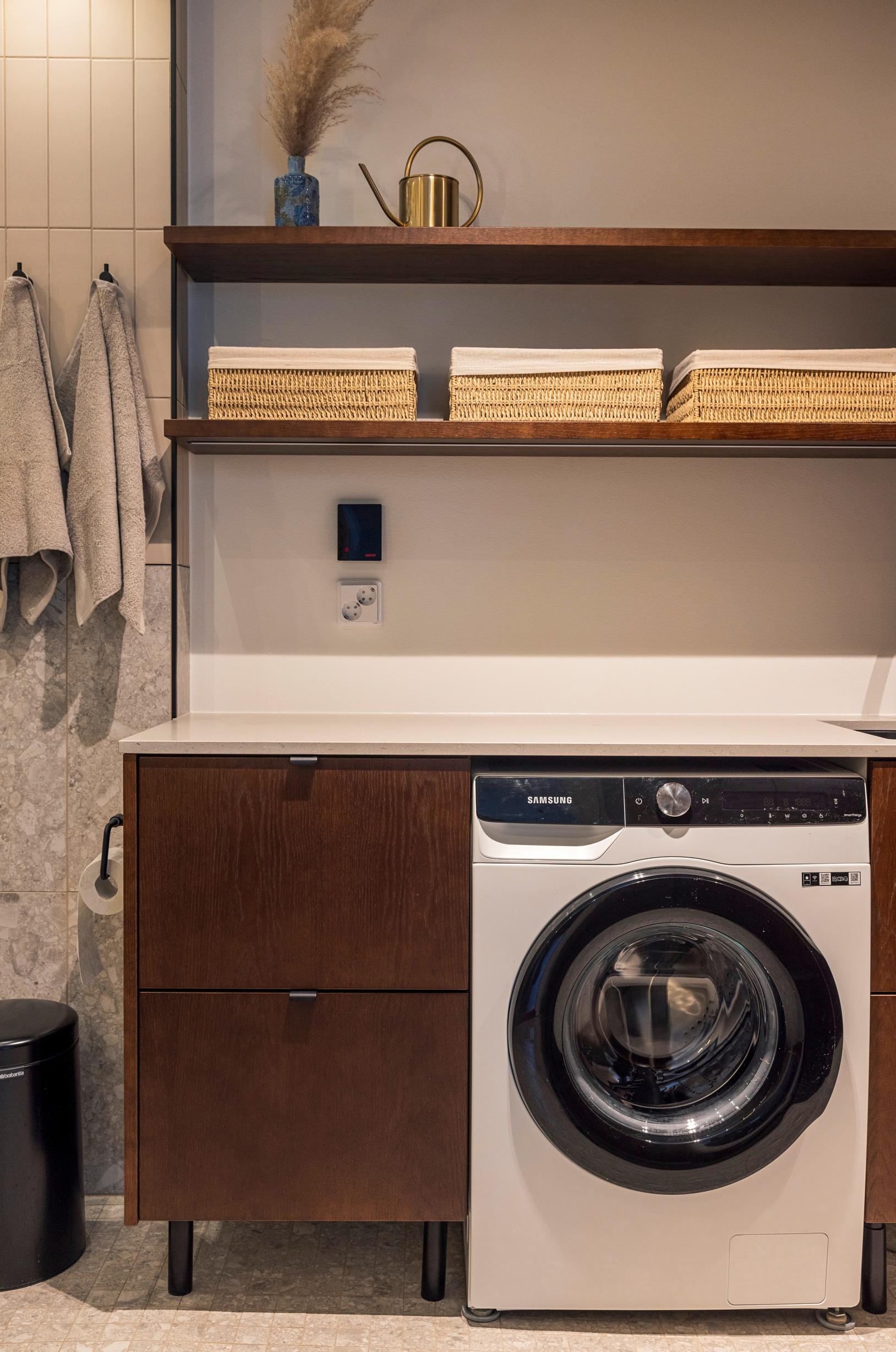
The lead designer of the project, Sini Koivisto, listened to Linda and Oskari’s ideas and helped maximize the functionality of the space. Initially, the plan included three bedrooms, but those ended up feeling cramped. They ultimately decided to merge two of the bedrooms into one.
They also reconfigured the sauna and bath areas. The new layout enabled them to add a walk-in closet, although originally they had only planned on installing closets in the bedroom.
“We lost one bedroom, but we gained a walk-in closet, a sauna, and a laundry room. We realized it’s pointless to force a square peg into a round hole when the floor plan is much more sensible this way,” Oskari says.
While renovating, Linda and Oskari checked out apartments for sale around central Helsinki, but they never found another with the same square footage that had a sauna, a laundry room, and a bathtub.
“It was a fun challenge for me personally to figure out how to fit all those features into this home in a sensible way,” Oskari says.

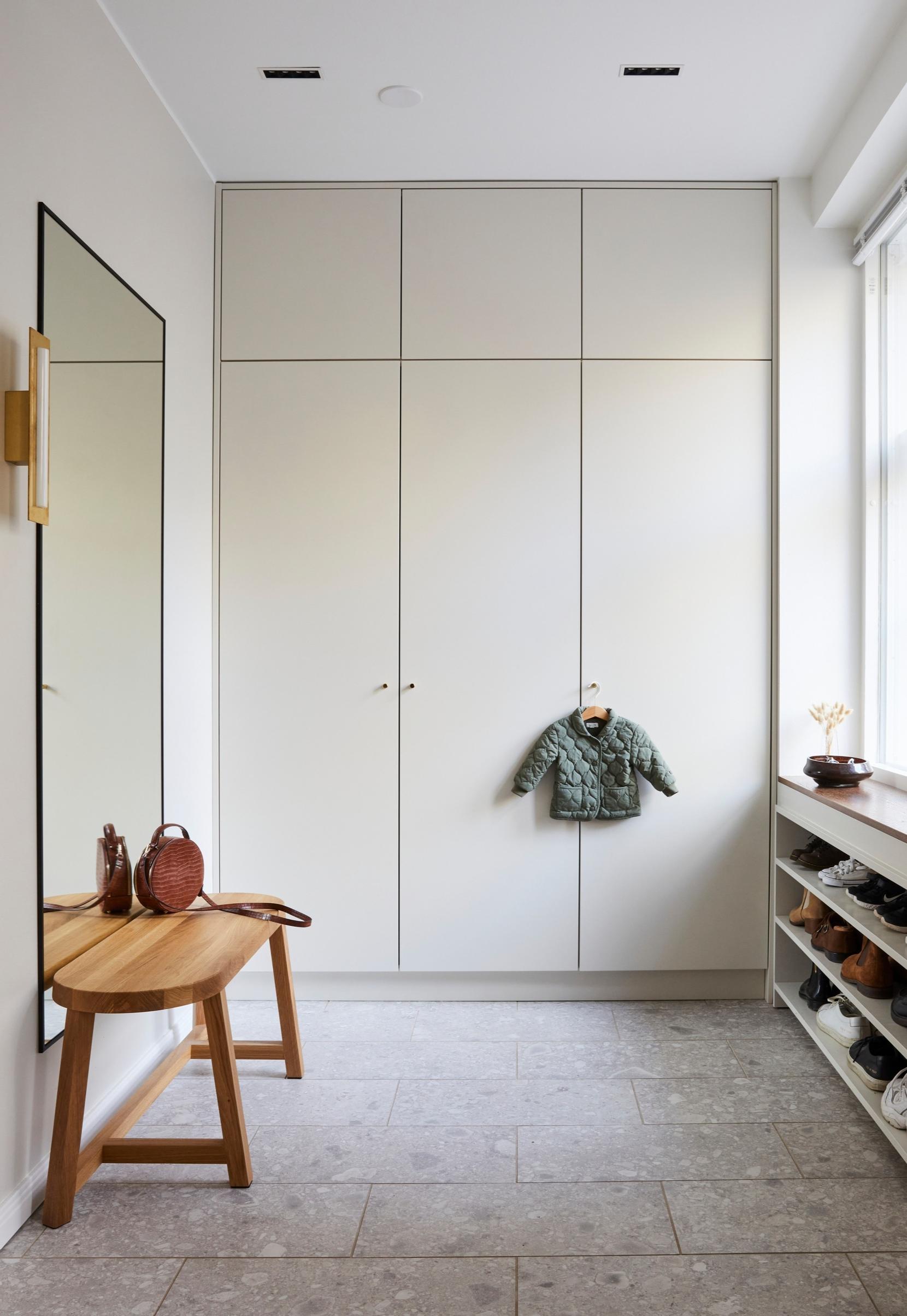

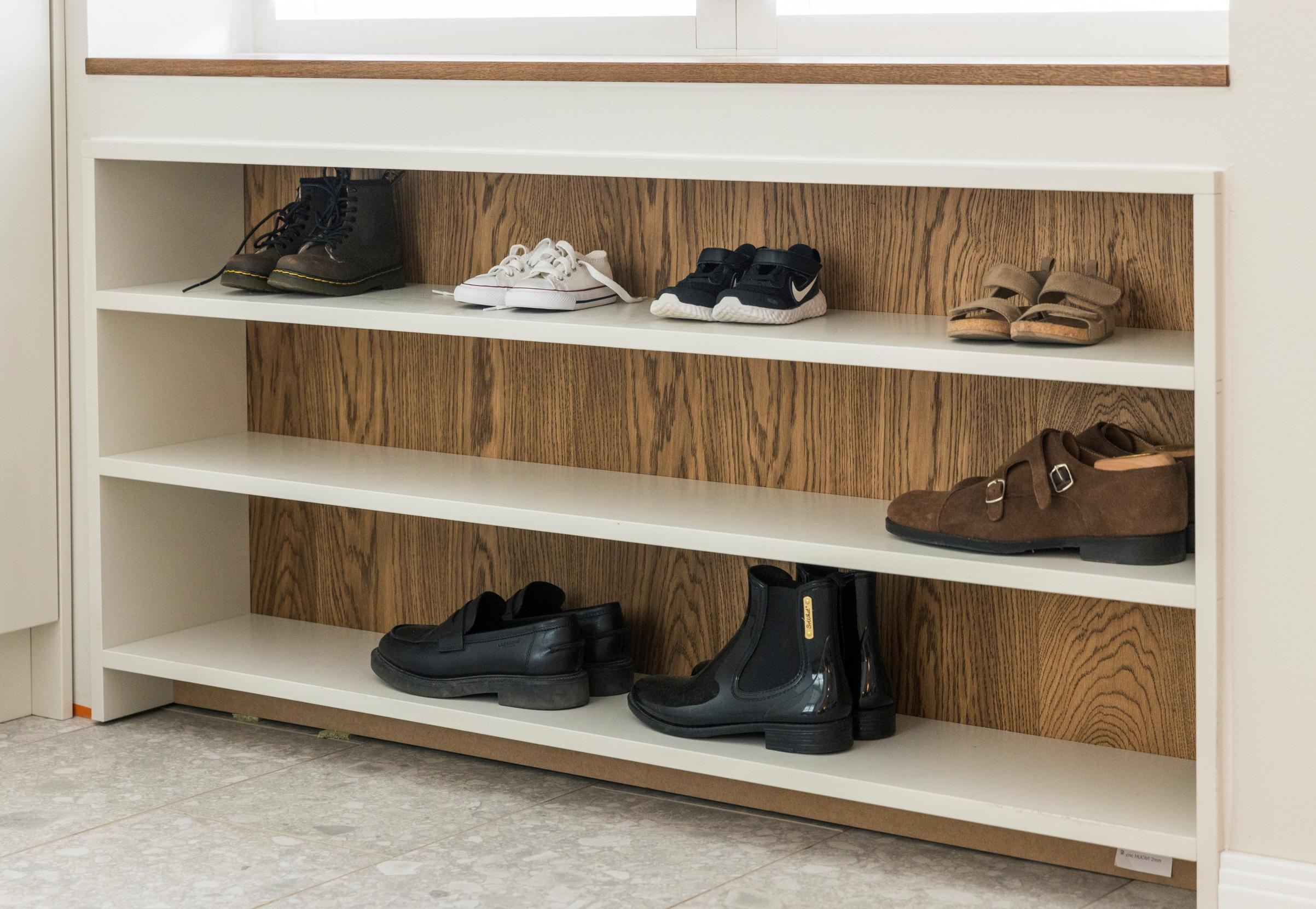

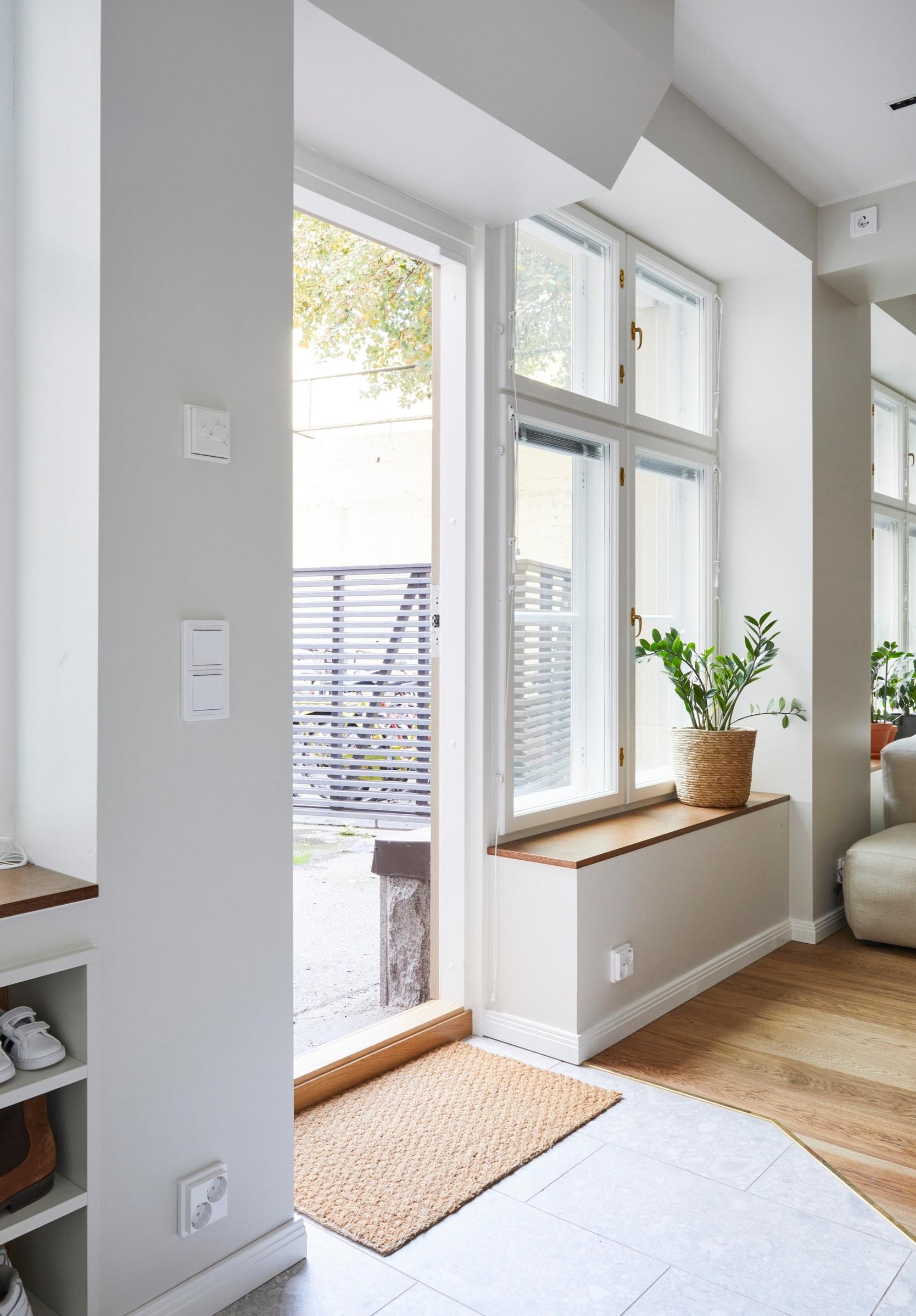
The home’s color palette started coming together in the kitchen, as the couple had a clear vision for it. They had the kitchen custom-made by a carpenter, featuring dark wood with slatted details on the lower cabinets. The upper cabinets are a brownish-gray greige. That same color appears on the kitchen walls and the entryway closets.
“After completing the kitchen, we started planning the bathroom and laundry room cabinets and decided to use the same dark wood. That way, everything would feel cohesive,” Linda says.
In their previous home, the sofa and other furnishings were dark, but in this new home, they chose lighter pieces. With more space, their old dining table felt too small.
“I did like our old furniture, but I wanted lighter elements to balance the darker cabinetry and floors,” Linda says.

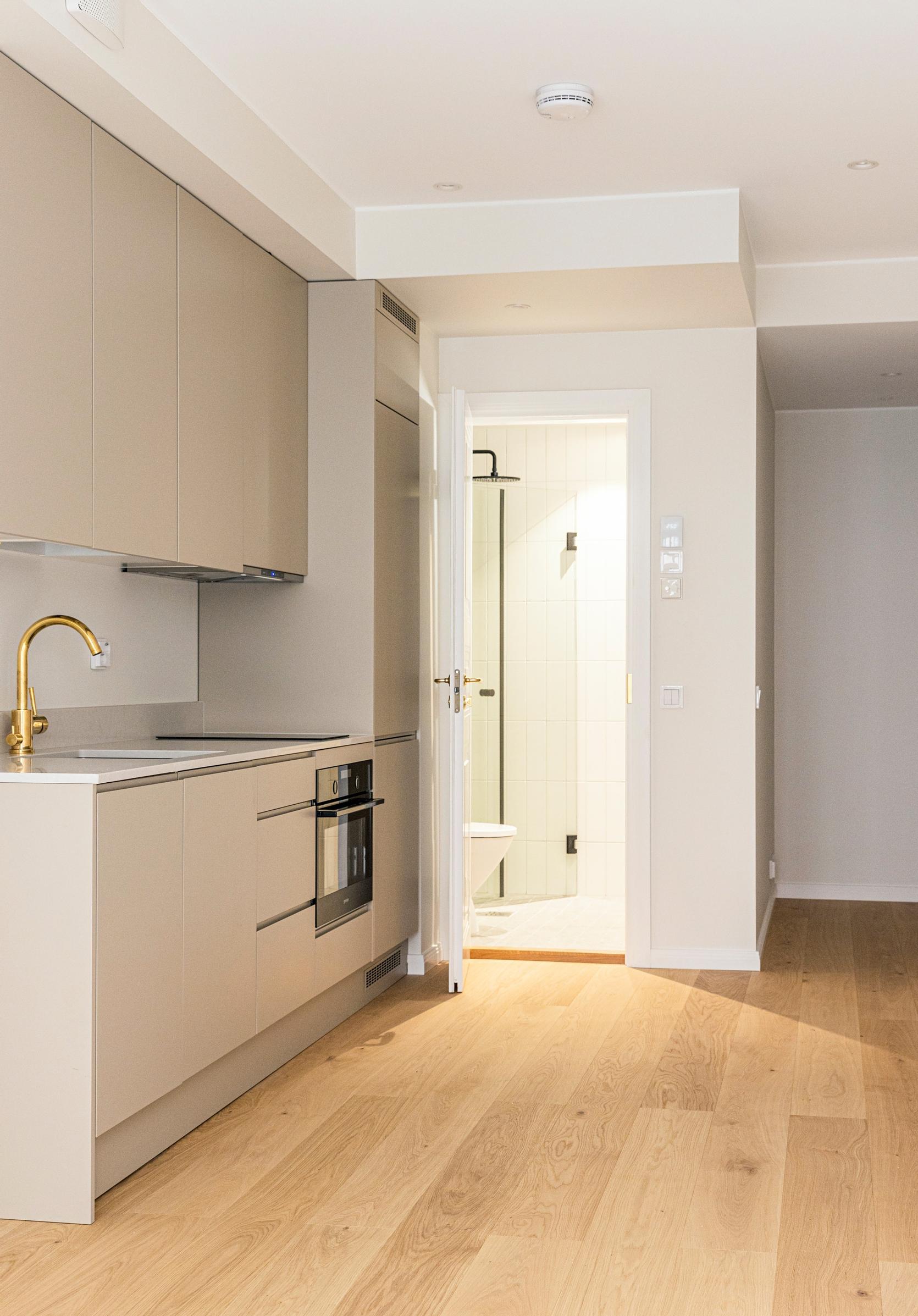
Before renovation:

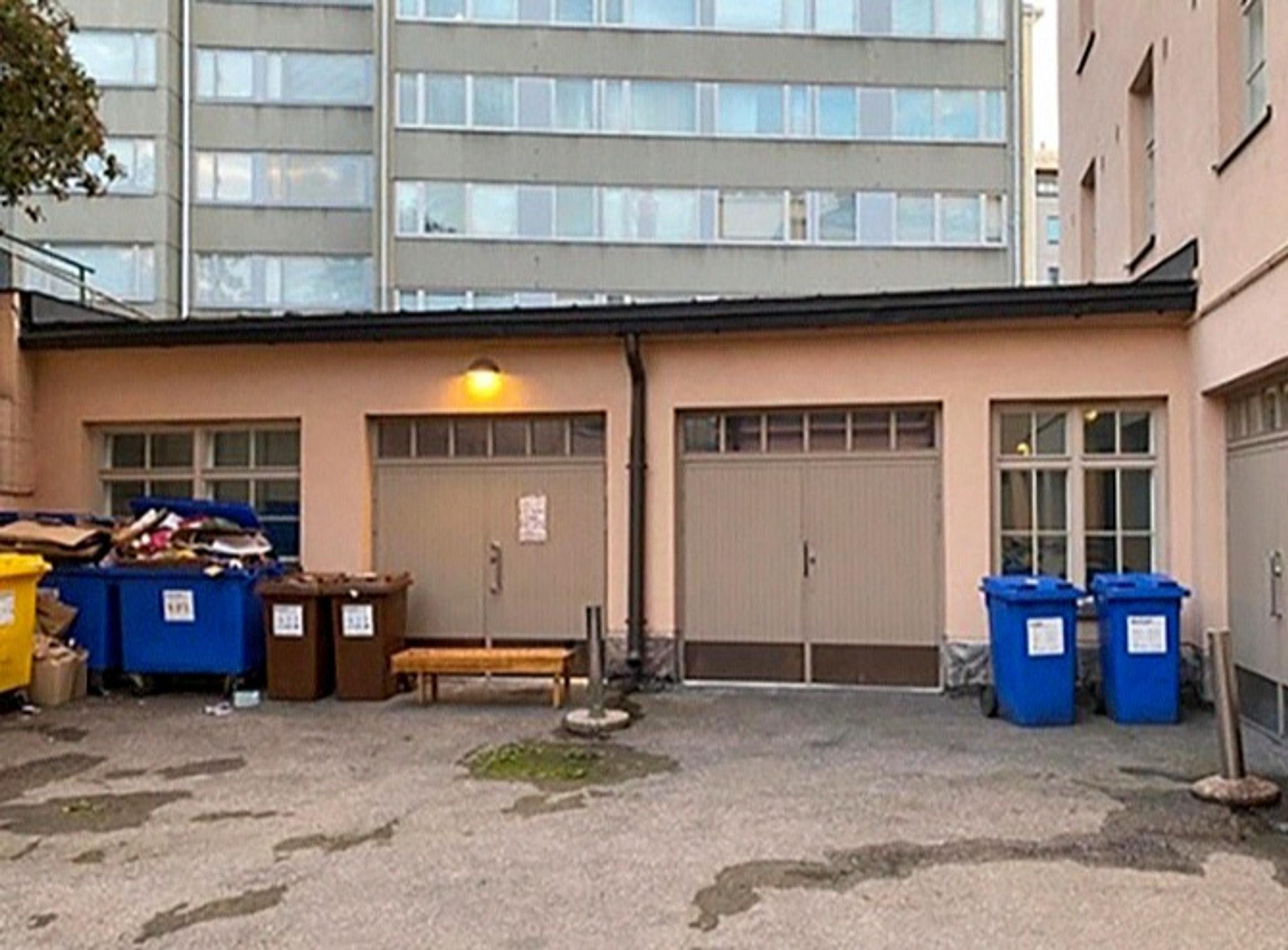

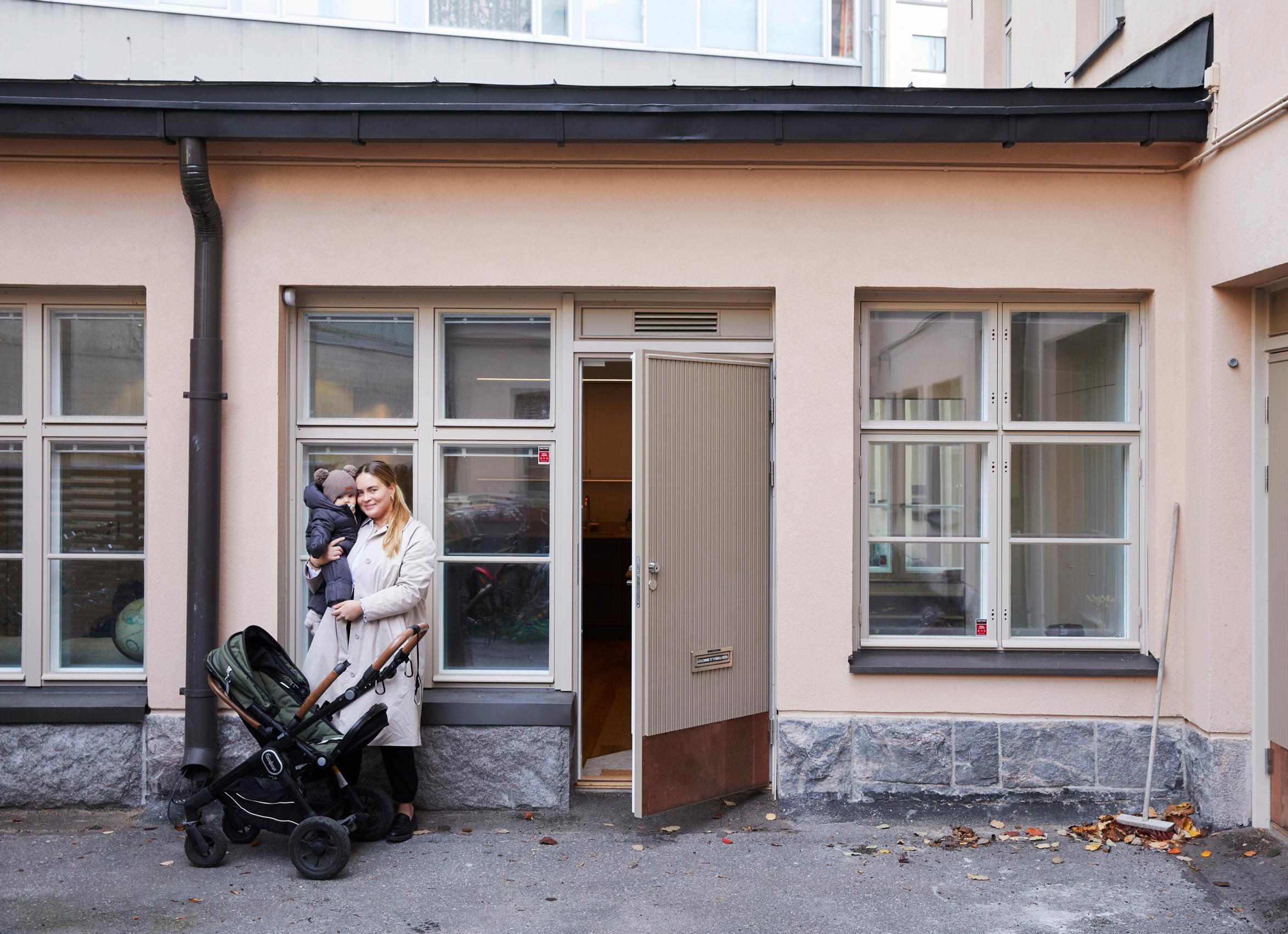
The couple never had to abandon or significantly alter their plans. However, the project’s cost was about one and a half times higher than expected, as implementing all their ideas proved more expensive than they’d anticipated.
“We could have prioritized the budget by choosing different materials, but we decided to focus on the final outcome,” Oskari says.
The renovated studios will eventually be sold or used as Airbnb rentals. Having a studio next door also means they can expand their own home later simply by opening up a wall.
Though they've just finished renovating the apartment, Linda and Oskari emphasize it’s still only a temporary solution.
“Eventually, we’d love to have our own garden. For now, this renovation has given us more space for our current stage of life and some extra years in a housing company we love.”
Breakdown of the renovation costs
- Fitted cabinets: 9%
- Bathrooms and sauna: 12%
- Windows, doors, and facade work: 8%
- Floors: 5%
- Construction work: 21%
- Demolition: 7%
- Electrical work, home automation, and fixed lighting: 8%
- HVAC work and plumbing fixtures: 17%

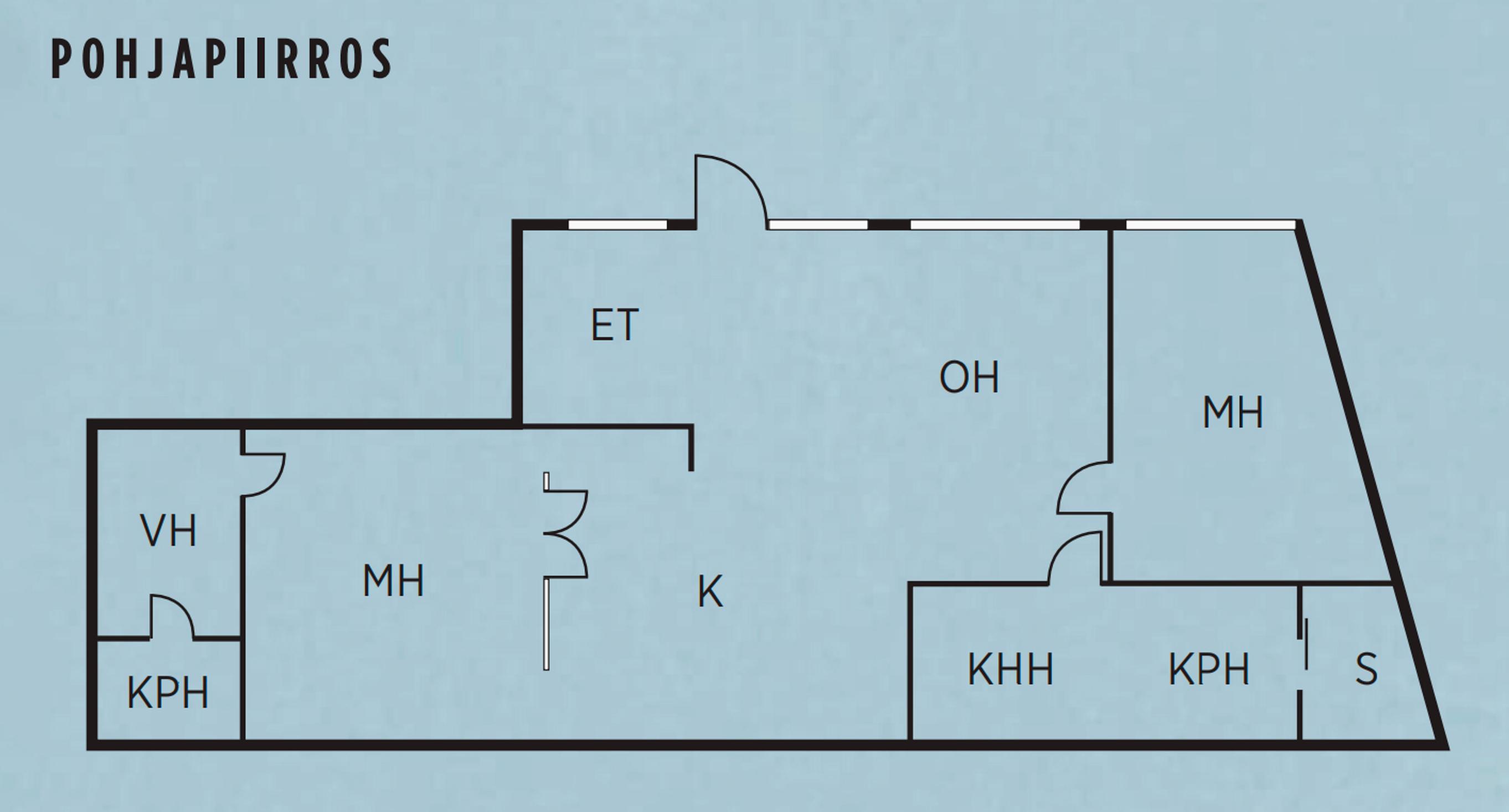
Converting a garage into a residential space
What permits and assessments are required to convert a garage into a residential space?
First, you need permission from the housing company. Then you have to check the condition of the structures, possible hazardous materials, and the physical integrity of the building, which may require opening up parts of the structure. You also need to consider emergency exits in case of a fire, any required compartmentation under the current fire regulations, and possibilities for accessibility. In older buildings, accessibility standards are not always met because this is not new construction.
If the lot has no building rights anymore or if taking other secondary spaces into use exceeds the building right limits, you need a special exemption from the planner. You also need a building permit from the city’s building control authority for all alterations.
What could prevent a conversion project?
Several factors can make the space unsuitable for residential use. For example, it can be too low in height or lack sufficient window area. Poor fire safety or excessive noise levels can also prevent a permit for residential conversion.
How long does the permit process usually take?
Getting permits can take several months. Before submitting an application, you’ll likely have multiple preliminary meetings with the building control permit official. A qualified designer is essential to determine whether the project is even feasible. The designer should also be part of these initial discussions. At that point, you need the housing company’s approval for the proposed changes.
Expert: Architect Hanna-Leena Rissanen from Helsinki Building Control Services.
Note: These instructions apply to Finland. Please check your local guidelines for country-specific instructions.


